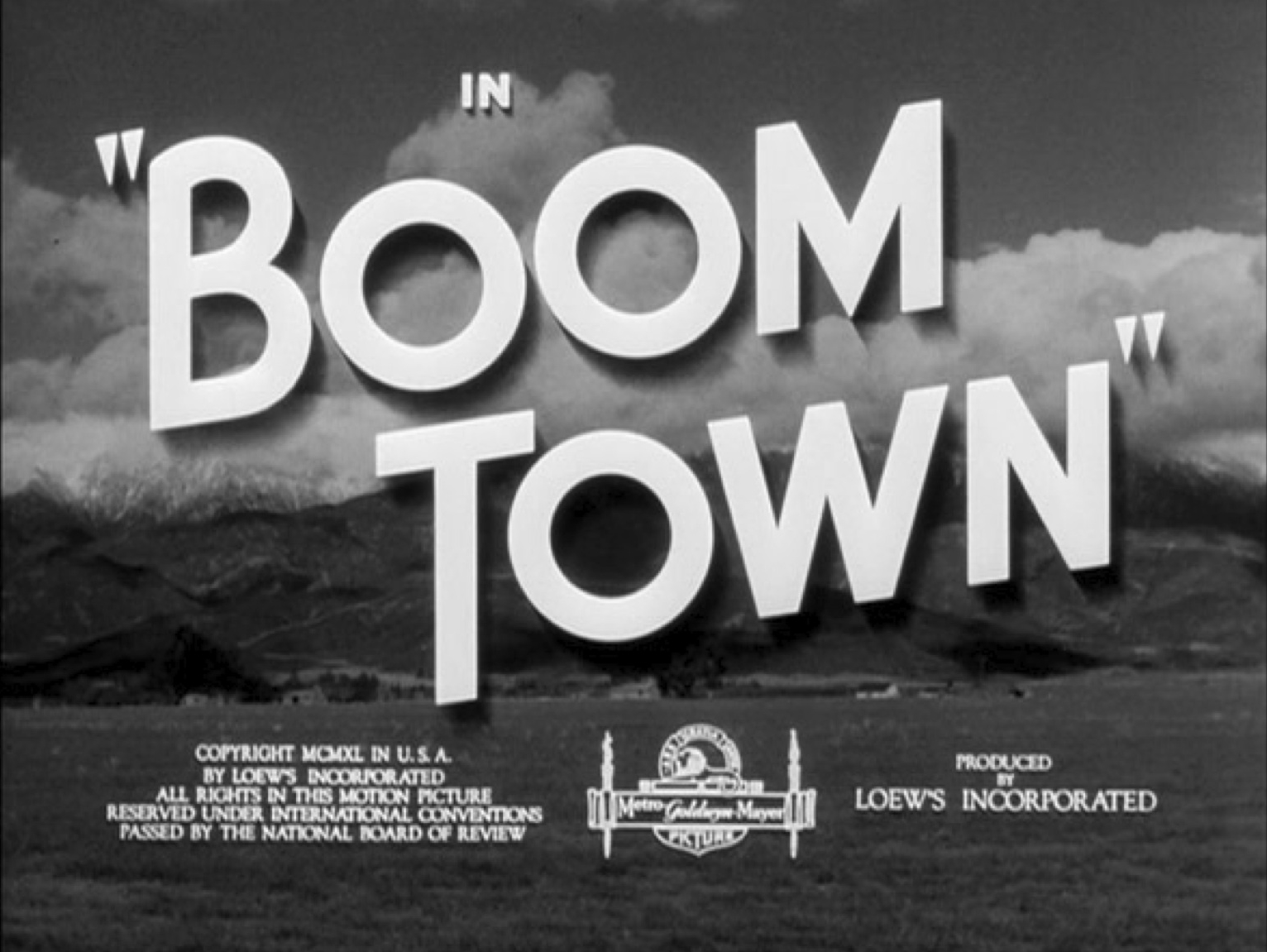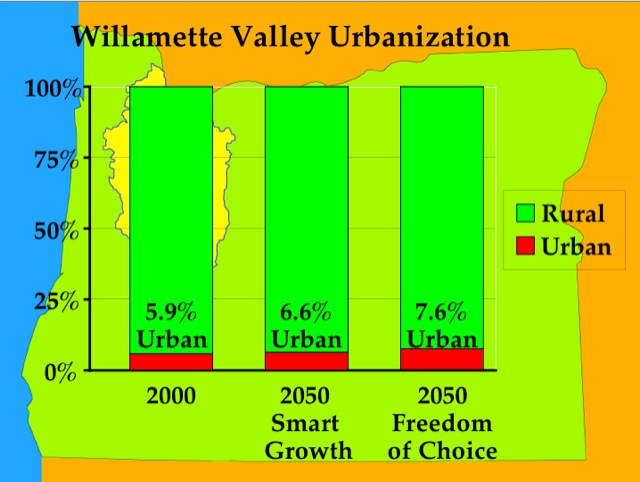The Antiplanner enjoyed a few days in Montana last week attending a conference on boom towns, and the busts that often follow such booms. We learned about the Bakken Shale boom in eastern Montana and western North Dakota and took a trip to Butte, a city that has declined from more than 42,000 people (some say over 100,000, but it seems unlikely that many people could hide from the census takers) in 1920 to 34,000 today.
In both places–the booms and busts–the question is raised: what should government do? Should it take action to provide affordable housing when towns are booming? Should it subsidize communities when they are busting?









